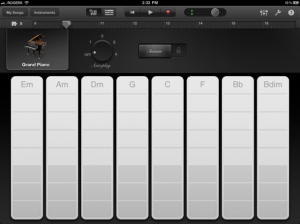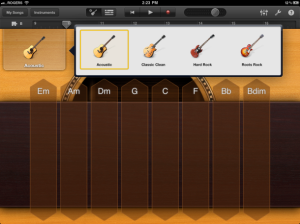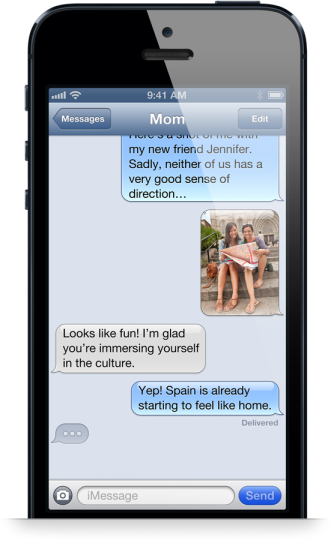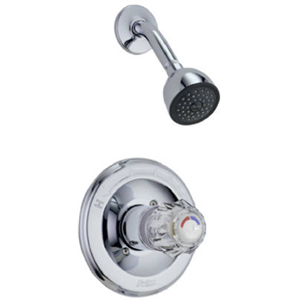This blog post is a make-up blog post for the reading of first week on the book design of everyday things: Donald A. Norman. I was so inspired by this book that I started looking for usability issues in everyday object like my shower knob and elevator. It broadens the knowledge of Human Computer Interaction to interaction design of all man made objects. The principles for design computer software interfaces in fact are not so different than the interface of a microwave, kitchen stove, or elevator. In fact computer interface has drawn inspiration from buttons, knobs, and switches, which are industrial age inventions. The usability principles remain the same even though things have gone digital for the last decade. On the other hand, we can also see that computers are made to be small in size and portable. Take my car for an example, it has a computer built inside for the radio, CD, bluetooth and navigation system. But we perceive as we are interacting with the car not a computer. So I think there is a no boundary as in how far this knowledge can go. It only matters where I want to use it.
The area I’m particular interested in is the interaction design of games. Games are differentiated from animated movies because of the involvement of interaction. But people don’t seem to notice the importance of that. There are already many well-defined genre of games. Each offers its own pre-defined interaction experience. But people including the players or the developers don’t really take this seriously, because at the end of the day “it’s just a game”. That’s why we see some game companies hire interns to do interface design and leave the more code heavy work to engineers, and art heavy work to artists. It’s almost as identical as the situation with software industry years ago, when big software companies were doing the same thing.
As was shown in my example of Dead Space, good interaction design can indeed transcend the game. And I sincerely hope that I will be able to use the knowledge learned from this class to accomplish that in my future career in the field of game development.
Dylan










